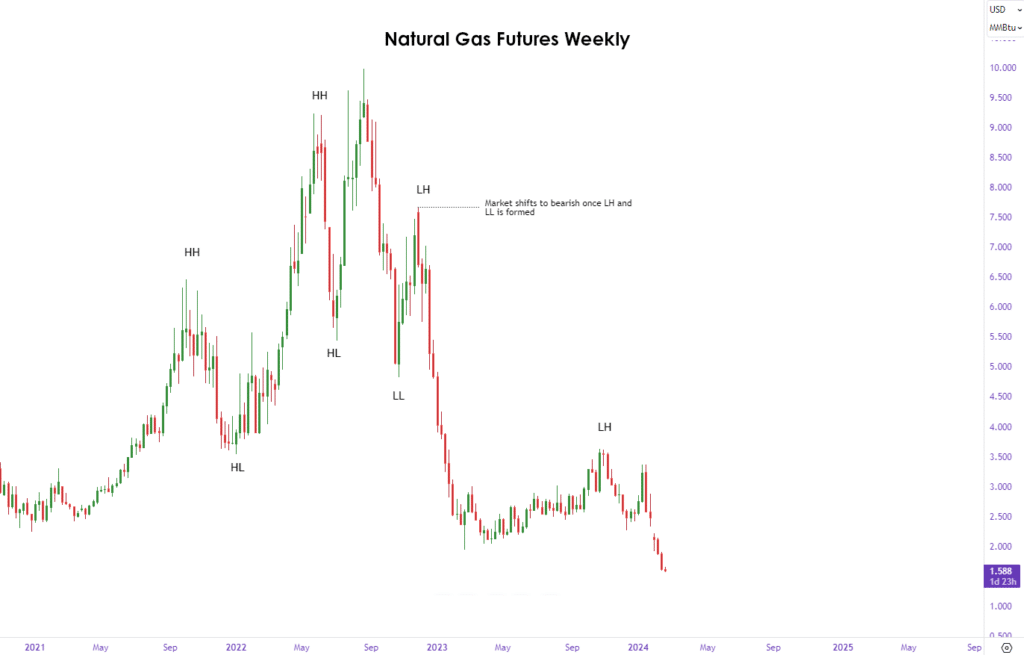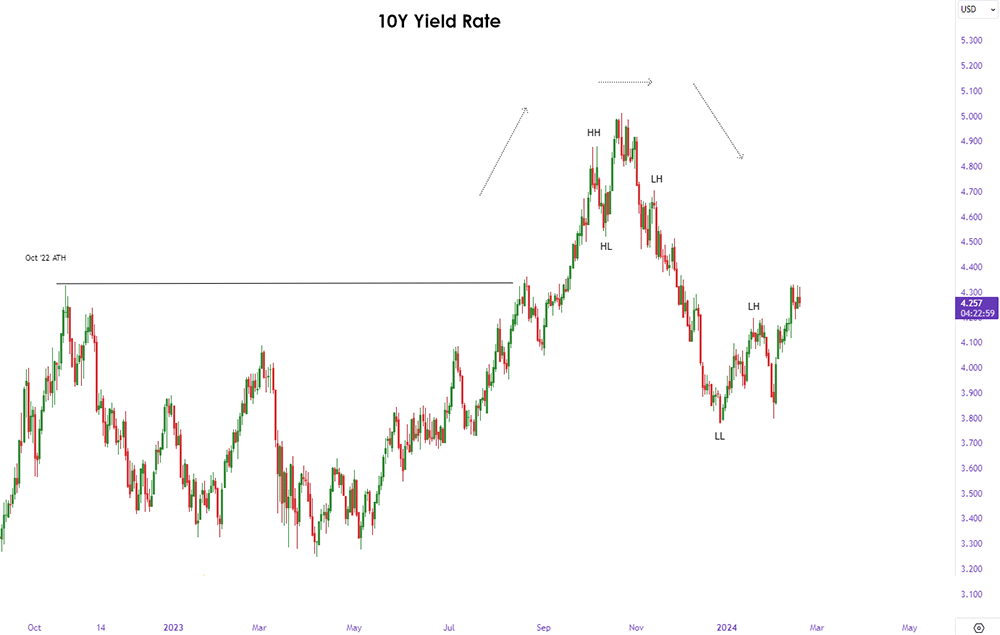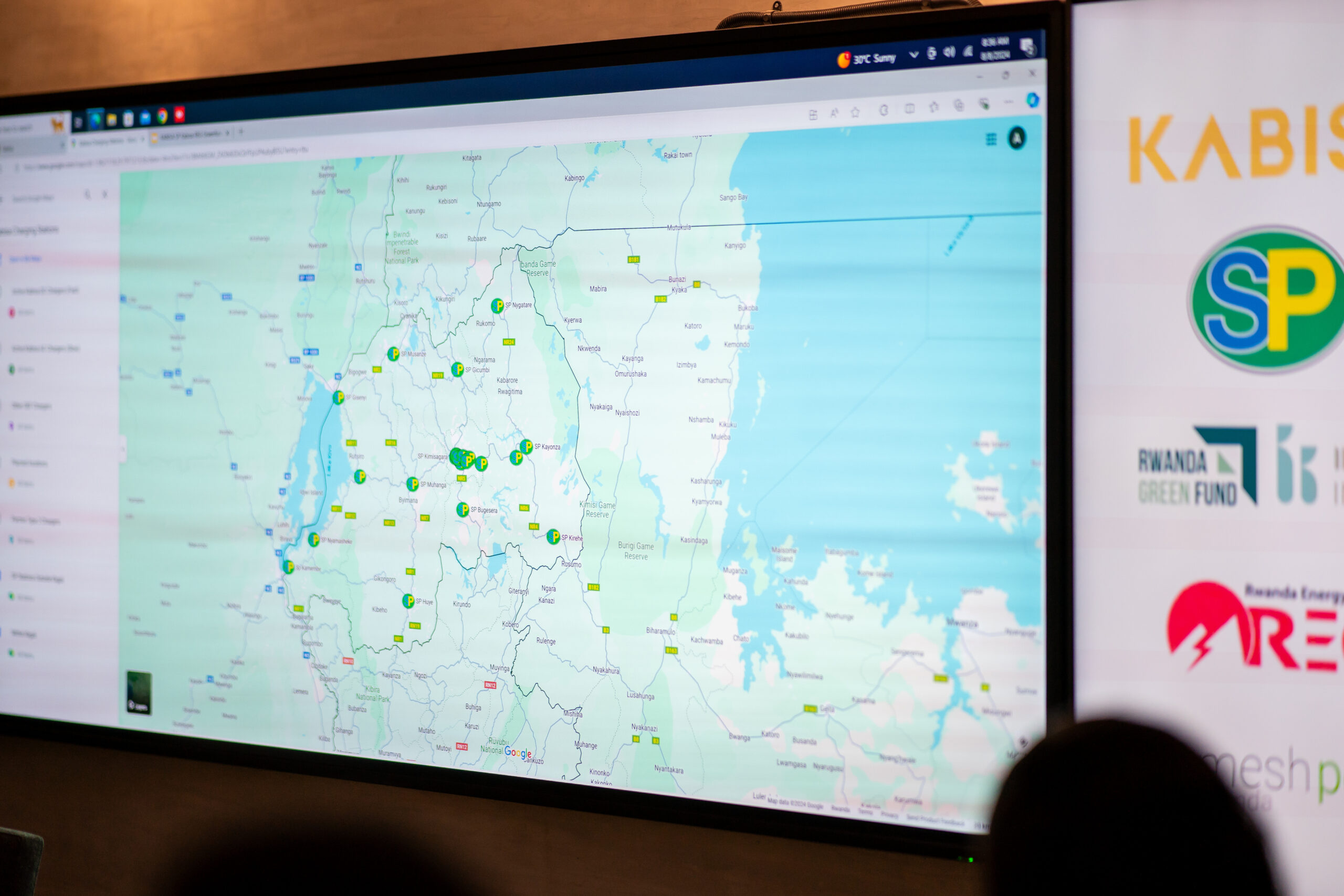The start of the new year presented mixed signals for the global economy and overall financial markets. An optimistic government outlook and positive US economic data initially fueled enthusiasm and anticipation for future developments. However, interest rate fears, rising geopolitical tensions, and concerns regarding future economic growth overshadowed many of these positive perspectives. This resulted in a varied outlook for the remaining months of Q1.
Moreover, the US steel market continues to experience headwinds and bearish pressure as natural gas futures head into a robust decline and the dollar index remains strong.

DP Surges 3.5% in Q4, Setting Stage for Continued Growth
As Q4 of 2023 ended, US economic data presented a multifaceted picture. For example, GDP delivered a robust 3.5% growth. This not only surpassed expectations but demonstrated a clear signal of growth going forward, especially with indices climbing to all-time highs. Entering into Q1, the news was generally optimistic, with indices continuing to see modest week-over-week gains. This reflected a prevailing optimism as market participants poured back into risk assets.
Sector performance generally plays a huge role in the current stock market. With chip stocks like TSMC, SMCI, and AMD pushing the market with significant strength, other sectors such as Communication and Financials also saw modest advances. On the other hand, Consumer Services and Real Estate sectors faced headwinds as volume began to pour back into risk-on assets. Indeed, treasury yields continue to fluctuate as investors navigate between hedging against inflation and concerns about economic growth.
Get valuable economy trends, meta price alerts, and other valuable commodity news based on the latest US economic data. Register for MetalMiner’s free weekly newsletter.
US Economic Data: Geopolitical Turmoil and Fed’s Hawkish Stance
Several key economic events significantly impacted the outlook for February. Last month, investors remained primarily optimistic thanks to a robust jobs report and some very strong US economic data. However, on January 26, the Fed announced a more hawkish stance on interest rates. Alongside this, new conflicts in the Middle East added new worries over geopolitical stability already suffering from the ongoing war in Ukraine.
Such concerns continue to dampen enthusiasm, fueling market uncertainty and adding another layer of complexity to the current outlook. For their part, financial markets responded in the first week of February by falling 2.56% for the DJI, 2% for the SP500, and 5.5% for the NASDAQ.

Analyzing the Dollar Index and Other US Economic Data
Currently, the dollar index sits near the $104 price level. This continues to put pressure on indices across markets as the index trades higher than its January close. Such price action creates risk and uncertainty among investors as assets like indices and metals experience headwinds from the rising dollar.

Meanwhile, the Steel and Natural Gas markets remain indirectly linked due to economic activity strongly influencing demand for both. During strong economic periods, both prices rise, while recessionary environments lead to declines. In the case of Q1, Natural Gas prices declined sharply to a 4-year low as mild temperatures continued to limit demand and keep inventories high.
Such price action significantly influences the production cost of steel, and generally drove prices into a flat range for January. Now steel prices continue to decline as gas prices follow their bearish trend. At the same time, Chinese demand could potentially weaken growth and disrupt overall supply.
Microchips and AI Drive US Market Surge
Overall, US market data for February provided mixed signals. While some sectors, such as microchips and AI, continue to experience strong rallies and drive indices up, others, such as financials and consumer services, remain caught in a headwind. Overall, prices remained up for the stock market, while the dollar index experienced a modest gain.

However, uncertainty and risk for investors remain apparent, especially considering the rising dollar and geopolitical tensions that continue to pressure markets across the globe. For instance, steel prices have seen their fair share of headwinds as natural gas prices head into a 4-year decline, cutting production costs, which generally leads to lower steel prices.
Don’t just react to market changes – proactively optimize your sourcing strategies using insights from MetalMiner’s Monthly Metals Outlook. View a sample copy and subscribe to boost ROI.




